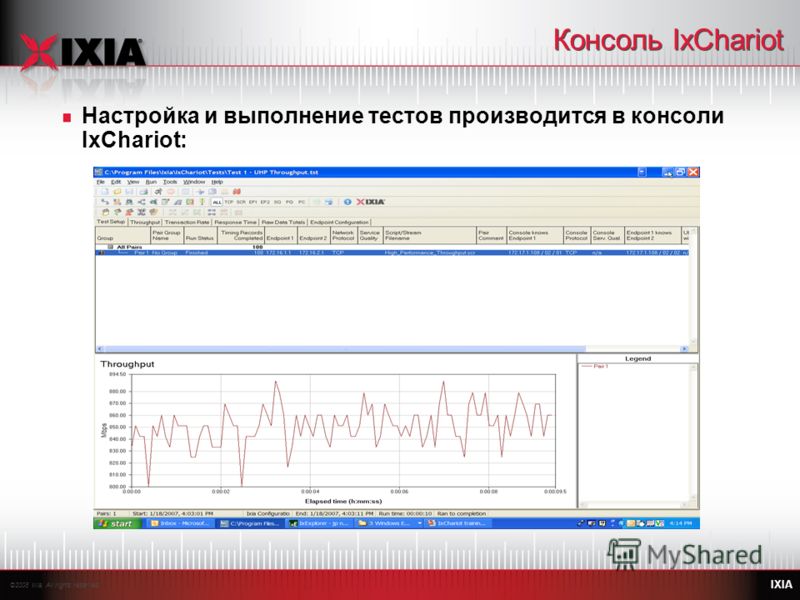

All internal devices on each enterprise, when communicating with the internet, share a single IP address. Each has a NAT router that has a single external IP address of 79.25.16.41. Notice that there are three enterprises, all of which have the same internal IP address ranges of 192.168.1.1 to 192.168.1.254. The following diagram further describes this functionality: The result is a vast savings in the number of IP addresses needed to deliver internet connectivity. This also allows internal IP addresses (i.e., those assigned to computers and devices within an enterprise network) to be reused multiple times by many enterprises across the world. NAT is capable of mapping multiple IP addresses to a single IP address, thus allowing tens or even hundreds of hosts to share the same IP address. NAT is a method of remapping one IP address space onto another by modifying network address information in the IP header of packets while they are in transit across a router. At the time of this writing, over six years later, less than 25% of the internet has transitioned to IPv6.įor this reason, a more immediate and readily available solution had to be found. Jwas designated as World IPv6 Launch Day, the day where IPv6 was permanently enabled on the internet.

However, the transition from IPv4 to IPv6 is expected to take years, if not decades.

The solution to this address depletion is the introduction of IPv6, with a much larger address space and other improvements. Today, there are many more internet-connected devices in the world than there are IPv4 addresses. It has been widely stated for more than a decade now that the IPv4 address space on the internet is being depleted. Yet another clue could be if the audio works fine on internal calls within a single location, but not on internal calls with extensions at another location, even though it is managed on the same enterprise network. Another symptom is when the one-way or no-way audio only occurs on incoming calls, but not on outgoing calls or internal calls to other extensions on the same network. One tell-tale sign that NAT is at the root of this issue is if there is no audio on a call that has nonetheless been successfully connected (i.e., the call timer is counting as if the call is in effect, but there is no sound).
#Airfoil audio packets not transfering how to
In this article, we dive into how NAT can impair voice sessions, cite some common symptoms that indicate NAT may be at the root of your call audio problems, and address how to resolve the issues. In particular, NAT is a common cause of one-way and no-way audio on VoIP calls. One of the most common challenges involves a technology called Network Address Translation (NAT), which for data networks has been a godsend, but if not configured carefully, could cause problems for voice applications. Because of this, it can be challenging to adapt a network to accommodate voice. Unlike conventional telephony infrastructure, which was developed and tailored to be used exclusively for voice, today’s telecom networks accommodate a multitude of different data traffic types, of which VoIP is just one of many.


 0 kommentar(er)
0 kommentar(er)
